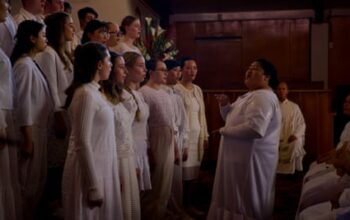How do you like your horror? Elevated arthouse or sleazy splatter? Comfortably cliched or disturbingly groundbreaking? Disgustingly gruesome or so subtle you can’t work out why you’re uneasy? Do you limit your consumption of horror films to Halloween but steer clear the rest of the year? Or are you a horror fiend who just can’t get enough of it, whatever the season?
The good news is that the horror genre has been going strong for more than a century, so you’ll never run out of films to scare you. From early silents Le Manoir du diable (1896) and The Cabinet of Dr Caligari (1920) to this year’s genuinely gruesome slasher hit Terrifier 3 – which recently knocked Joker: Folie à Deux off the top of the US box office – there has never been any shortage of audiences lining up to be chilled, unsettled or downright freaked out. Just look at this year’s robust box office on Abigail, Immaculate and Longlegs, as well as artier offerings such as The Substance. The future of cinema, it seems, is horror. And not just in terms of profit, but in visual imagination, envelope-pushing and audience enjoyment.
Every genre fan knows Dracula and Frankenstein, King Kong, The Exorcist, Carrie, An American Werewolf in London, The Silence of the Lambs and so on. But behind every gamechanger, there are antecedents and influences, both direct and indirect. And however beloved the canon, there are always less familiar treasures to be unearthed. So here I have traced the evolution of the horror genre in 10 films. For the most part I have avoided the big beasts and instead highlighted some less familiar, but no less significant efforts in the long history of the genre.
If the most recent title in this selection is from 2001, it doesn’t mean 21st-century horror is in decline. On the contrary, the genre is thriving, with film-makers such as Jordan Peele exploring new avenues, more female directors adding their voices to the mix, and subgenres overlapping in surprising new ways. It takes time for trends to coalesce; it wasn’t until 30 years after its release that The Wicker Man (1973), and films with related themes, were given the label “folk horror”. But of one thing you can be sure: the genre is a constantly evolving beast, and horror films will continue to shock, delight and terrify us for many years to come.
Monsters: Nosferatu: A Symphony of Horror (1922)
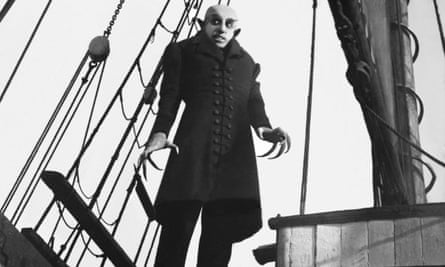
“And when he crossed the bridge, the phantoms came to meet him.”
FW Murnau’s unofficial adaptation of Dracula provided a blueprint for the gothic monster movie. From Universal’s creature features to Hammer’s dark fairytales, the monsters were invariably foreign interlopers injecting polite society with erotic energy. Murnau’s silent expressionist masterpiece also introduced a specifically cinematic feature that has since become lore: the vampire destroyed by daylight. Werner Herzog remade it in 1979, and Robert Eggers’s new version hits cinemas at the end of 2024.
Mad science: Dr Jekyll and Mr Hyde (1931)
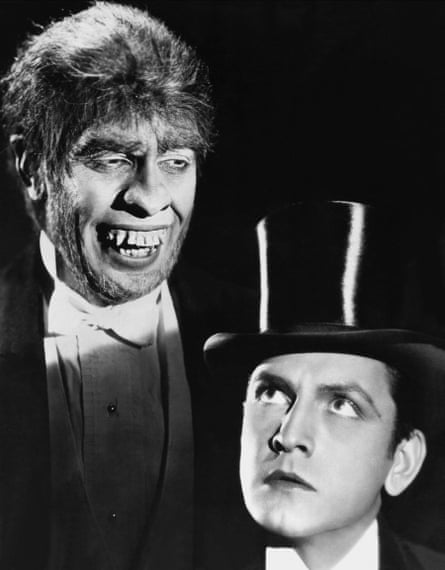
“I’ve played with dangerous knowledge!”
In Robert Louis Stevenson’s 1886 novella and its umpteen adaptations, the horror comes not from outside, but from within. From Frankenstein and The Invisible Man to Re-Animator, hubristic experiments invariably end in carnage. Fredric March won an Oscar for his bravura mad scientist performance in Rouben Mamoulian’s version, which anticipates slasher movie conventions with its first-person point-of-view camerawork, and raised the special effects bar with an extraordinary onscreen transformation, achieved with coloured filters.
Satanism: The Seventh Victim (1943)
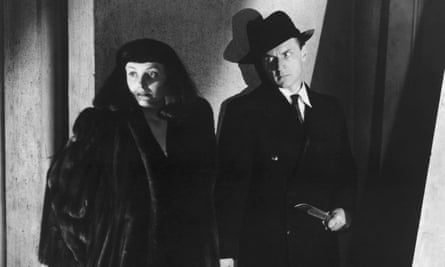
“If one believes in God, one must believe in the devil.”
Val Lewton, who produced a series of low-key, low-budget horror films for RKO in the 1940s, anticipated Roman Polanski’s Rosemary’s Baby by 25 years with this poetically downbeat tale of New York satanism. And it was Night of the Demon (1957), directed by Lewton alumnus Jacques Tourneur, that bridged the gap between shadowy witch cults and the unambiguous devilry that would flood cinemas with in-your-face demonic possessions and unnatural pregnancies in Rosemary’s wake.
Dreams and hallucinations: Dead of Night (1945)
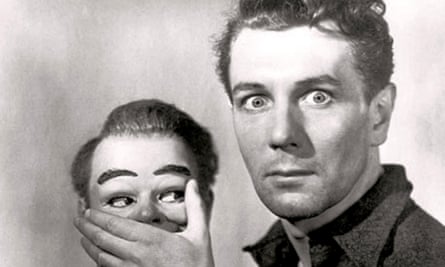
“Everybody in this room is part of my dream.”
An architect experiences extreme deja vu at a country house party where the guests tell spooky stories. Ealing Studios’ anthology takes the “it was all a dream” cliche to its logical, terrifying conclusion. The blurred line between dreams and reality has never been evoked so well as in horror films, embracing such variations as death dreams, premonitions, characters revealed as figments of the imagination, and the uncanny non-linear visions of Nicolas Roeg (Don’t Look Now) and David Lynch (Eraserhead onwards).
Aliens: Invasion of the Body Snatchers (1956)
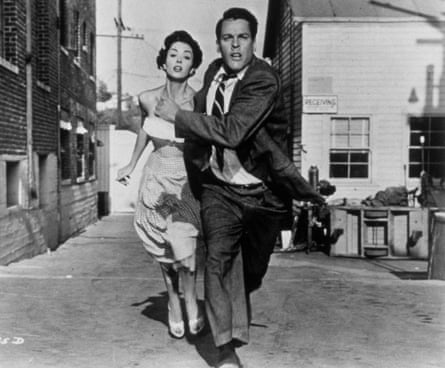
“Some weird alien organism, a mutation of some kind.”
Horror and science fiction have always gone hand in hand. But aliens emerged as an amorphous peril in their own right in Don Siegel’s film of Jack Finney’s The Body Snatchers, which channelled cold war paranoia and McCarthyism into a nightmare where even loved ones can’t be trusted. Two successful remakes (and a botched one) followed. Meanwhile, Italian maestro Mario Bava prefigured Alien with his eerie Planet of the Vampires (1965), and Quatermass and the Pit (1967) showed us the Martians are already here – and they’re us!
after newsletter promotion
Slashers: Peeping Tom (1960)
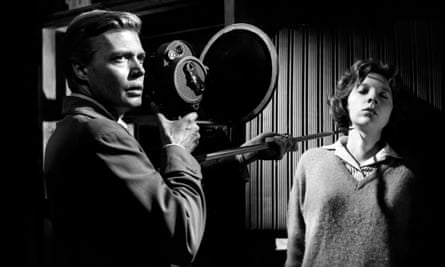
“Imagine … someone coming towards you … who wants to kill you … regardless of the consequences.”
The Spiral Staircase (1946) featured proto-slasher elements, but it wasn’t until 1960 that Peeping Tom and Psycho sowed the seeds of the modern slasher movie, in which the mortal threat arises from psychiatric disorder rather than anything supernatural. Bava, ever prescient, got in early with Blood and Black Lace (1964) and A Bay of Blood (1971), followed by Black Christmas, Halloween and Friday the 13th. A Nightmare on Elm Street (1984) reintroduced supernatural elements to the formula, while Vincent Price horror-comedies The Abominable Dr Phibes (1971) and Theatre of Blood (1973) laid the groundwork for the theme-killing of Se7en (1995) and its imitators.
Sadeian cinema: Two Thousand Maniacs! (1964)
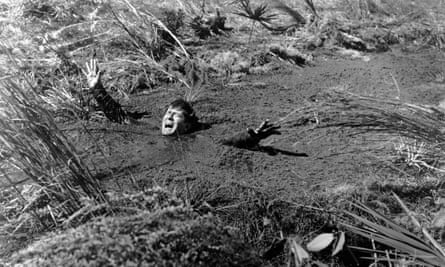
“Brutal … evil … ghastly beyond belief!”
Low-budget exploitation director Herschell Gordon Lewis advanced the cause of gore for gore’s sake in films such as this splatter version of Brigadoon, in which southern rednecks butcher Yankee tourists in graphic ways. Sadeian Cinema (alluding to the Marquis de Sade, who derived pleasure from the suffering of others) pushes boundaries of what is acceptable on screen, and provides young horror fans with a gruelling rite of passage. It eventually morphed into the New French Extremity genre, the Saw franchise (2004 onwards) and A Serbian Film (2010). Sadeian masterpieces, if you’re brave enough, include Tobe Hooper’s The Texas Chain Saw Massacre (1974) and Pier Paolo Pasolini’s Salò, or the 120 Days of Sodom (1975).
Zombies and gore: Dawn of the Dead (1978)
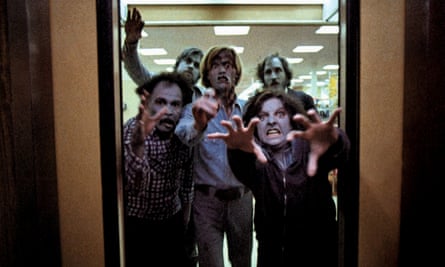
“They’re us, that’s all.”
George A Romero’s Night of the Living Dead (1968) broke all the horror rules (entrail-eating, no comic relief, everybody dies) and had as drastic an effect on horror cinema as Easy Rider had on mainstream Hollywood, but it wasn’t until his first sequel that flesh-ripping zombies became the monster du jour. Italian film-makers such as Lucio Fulci took this template and added even more splatter, while low-budget cinema was overrun with walking cadavers of all persuasions. Shuffling or sprinting, comic or poignant, they can be metaphors for everything, from viral contagion to any depersonalised social group.
Body horror: Videodrome (1983)
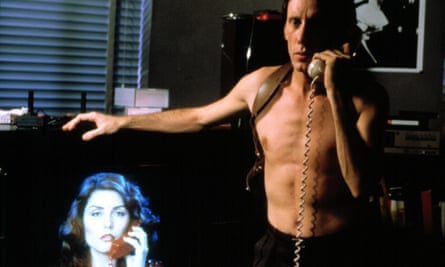
“Long live the New Flesh!”
Canadian director David Cronenberg virtually invented the body horror subgenre with his gruesome thought experiments featuring sexual parasites, armpit implants and – in this ahead-of-its-time media meltdown – James Woods as a cable TV programmer who develops a pulsating VCR slot in his stomach. With the expanding interest in piercings, tattoos, cosmetic surgery and gender fluidity, it’s not surprising Cronenberg’s successors have continued to explore physical modification themes in films such as Titane (2021). Meanwhile, Japanese director Shinya Tsukamoto pushed that modification into cyberpunk territory with Tetsuo: The Iron Man (1989).
Techno horror and ghosts: Kairo, AKA Pulse (2001)

“I just feel like something’s wrong.”
The Blair Witch Project (1999) kickstarted the found-footage phenomenon already glimpsed in Cannibal Holocaust (1980). But it was Japanese film-makers who most fruitfully explored the horror of new technology: a cursed video in Ring (1998), mobile phones in One Missed Call (2003), and an internet of ghosts feeding off the alienation of the living in Kiyoshi Kurosawa’s unnerving masterpiece, Kairo. The new wave of horror that followed took its cue from chatrooms, hackers and the dark web. Kurosawa’s slow-burn approach, shared by Hideo Nakata (Dark Water) and Takashi Shimizu (The Grudge), also triggered a global resurgence in ghost stories, shying away from the graphic Sadeian horrors of Saw and harking back to the subtler chills of The Uninvited (1944), The Innocents (1961) and The Haunting (1963).
Source: theguardian.com


